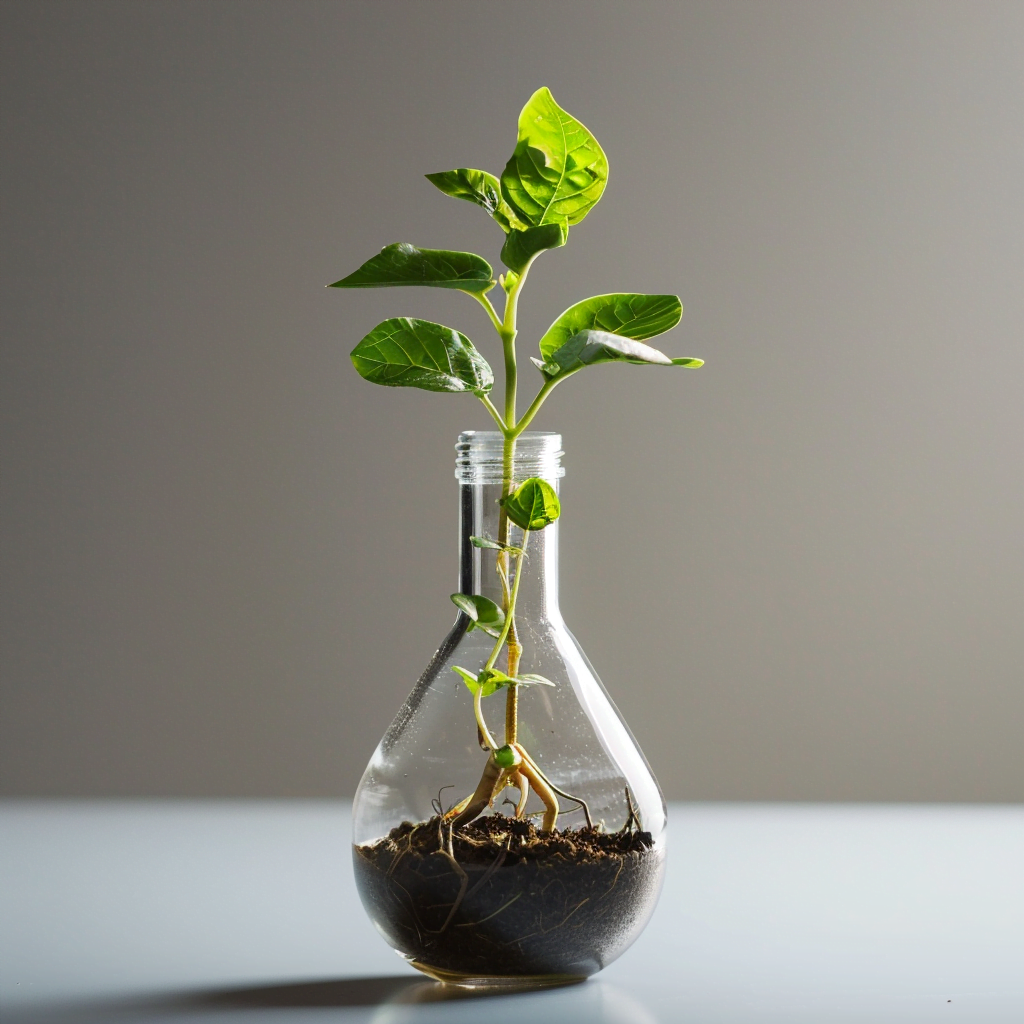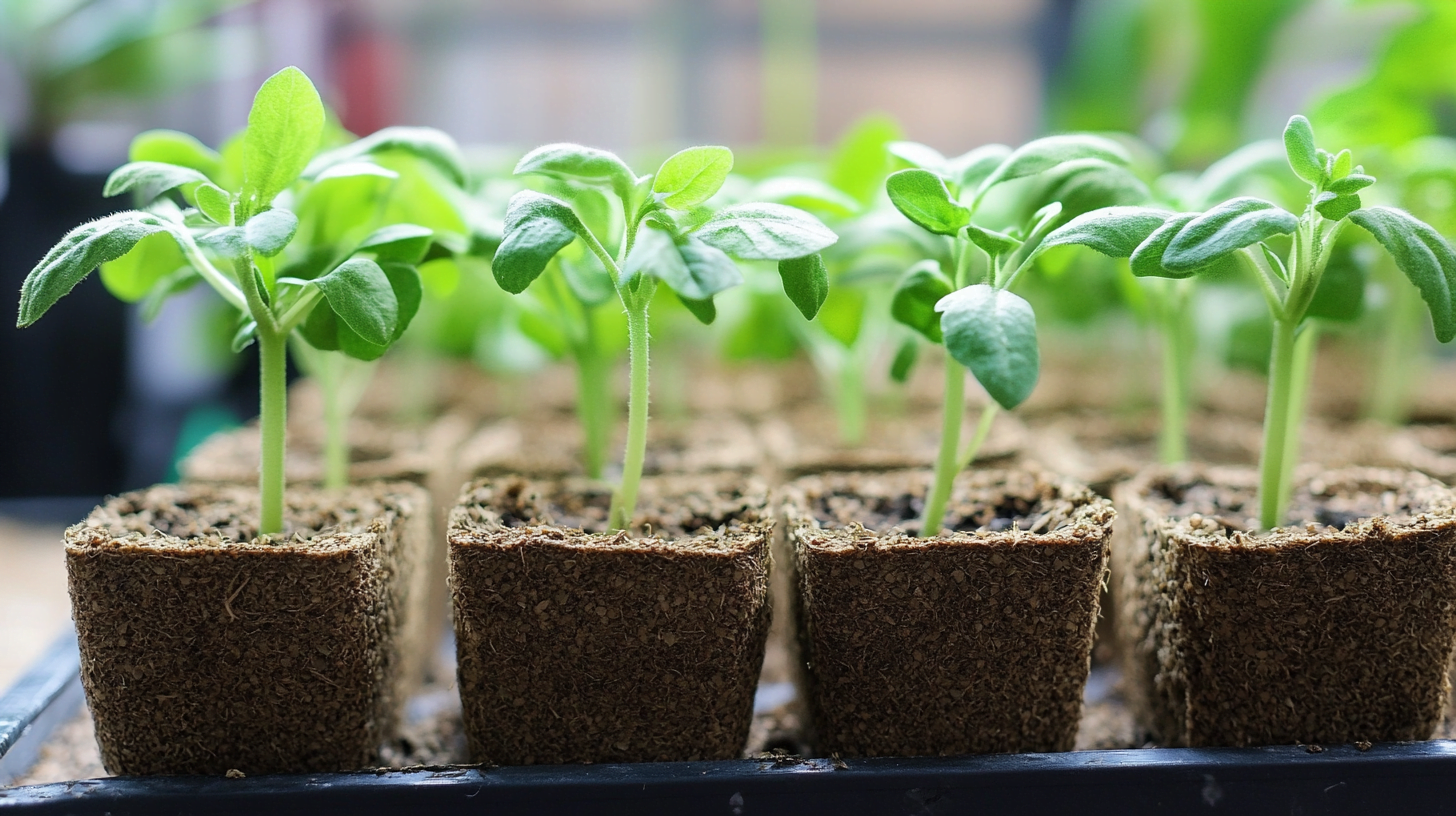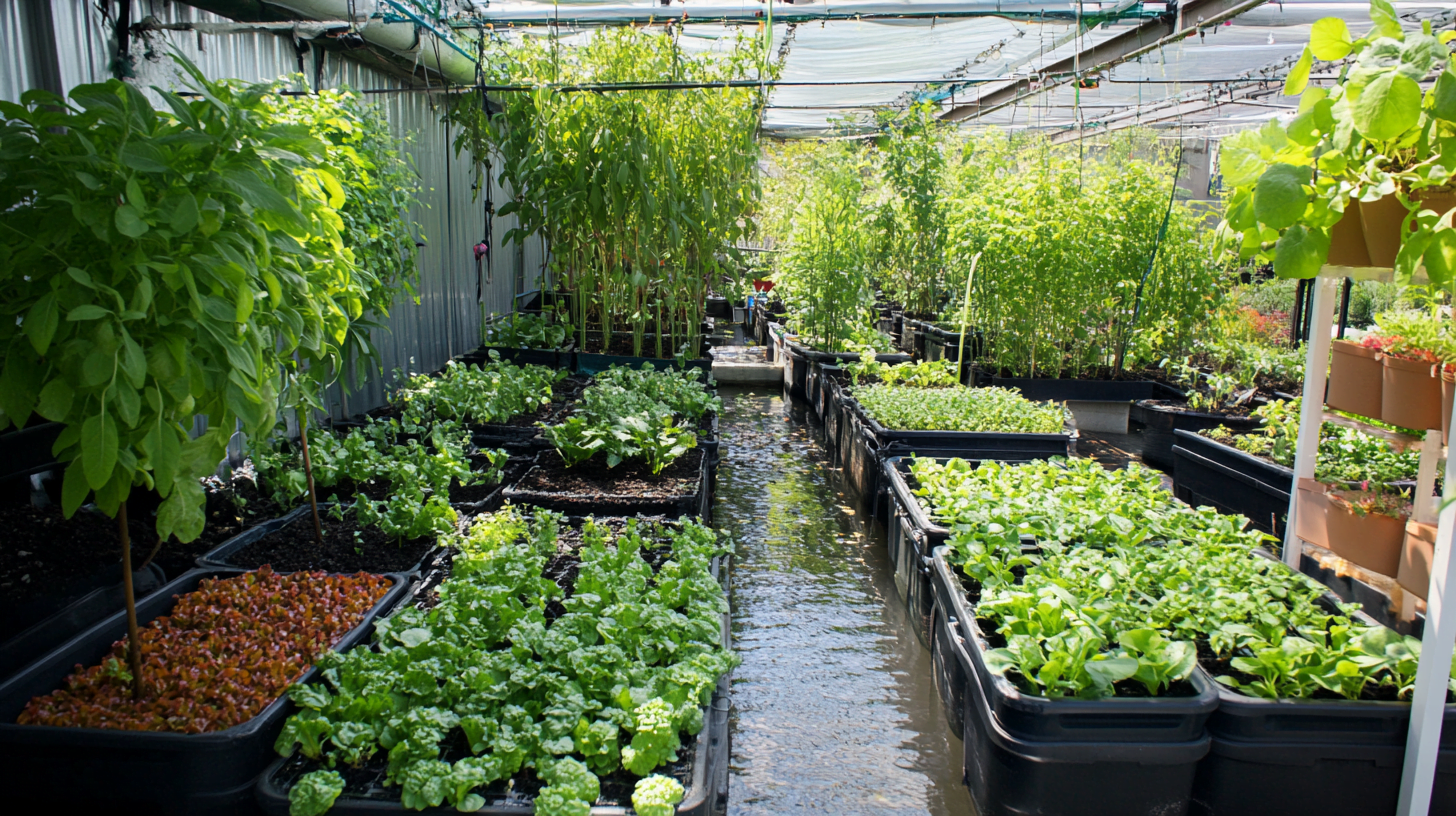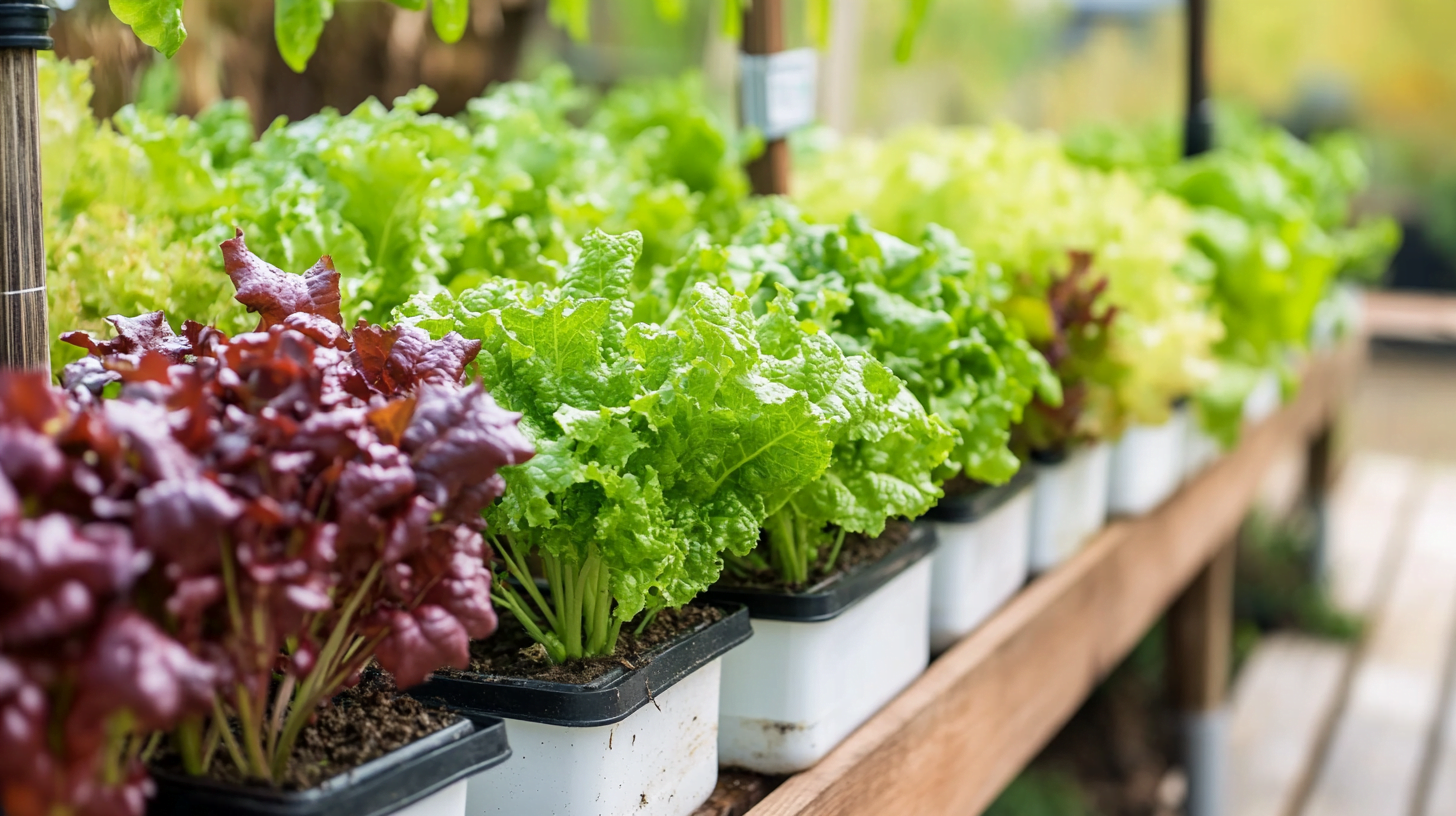Hydroponics refers to the method of growing plants without soil, using mineral nutrient solutions in water. The roots of hydroponically grown plants are submerged in the nutrient-rich solution, allowing them to absorb everything they need to develop and bear fruit.
But where was hydroponics invented? Although the origins of hydroponics are unclear, with multiple claims of early examples throughout history, most sources point to William Frederick Gericke as the pioneer of modern hydroponics. His work at the University of California in the 1920s led to the coining of the term “hydroponics” and laid the foundations for many of the systems in use today.
Earliest Examples of Hydroponic-Like Practices
While Gericke is credited with creating the first modern hydroponic system, there are examples throughout history of cultures growing plants without soil:
- The Hanging Gardens of Babylon – One of the Seven Wonders of the Ancient World, these lush gardens were believed to have plants growing on a series of tiered platforms. This would have required a primitive hydroponic-like system of delivering nutrients to the plants’ roots.
- Aztec Floating Gardens – In the Valley of Mexico, Aztecs cultivated crops on rafts made of vegetation and mud that floated along the shallow lakes and canals. Although not a true hydroponic system, it showed an understanding of how to grow plants on water rather than land.
- Chinese Vegetable Rafts – Ancient Chinese farmers in the region around Suzhou grew various vegetables on thin rafts floating along canals. This early hydroponic-like system took advantage of the easy access to water transport.
While innovative, these ancient systems lacked the mineral nutrient solutions that define modern hydroponics. They qualify more accurately as primitive hydroculture rather than true hydroponics.
First Modern Hydroponic Systems
Most sources identify William Frederick Gericke as the pioneer of hydroponics as we know it today. While working at the University of California in 1929, Gericke successfully grew tomatoes with their roots directly in mineral nutrient solutions rather than soil.
Gericke coined the term “hydroponics” from the Latin derivatives “hydro” meaning water and “ponos” meaning labor. His specific nutrient film technique system involved pumping a thin stream of nutrient solution into trays of plants so their bare roots could absorb the minerals.
After Gericke published his work in 1940, his ideas sparked interest from other researchers who went on to develop additional hydroponic techniques. These include gravel culture, sand culture, and aeroponics.
Hydroponics in World War II
The challenges of producing food on Pacific islands and in concentration camps during World War II resulted in renewed experiments with hydroponics:
- On Wake Island and other Pacific military bases, hydroponics systems were used out of necessity to grow vegetables for troops when soil was infertile.
- In German concentration camps, underground hydroponic systems were constructed to supply food. Japanese prison camps also reportedly used hydroponics to feed POWs when supplies were scarce.
These wartime examples highlighted the potential of hydroponics to enable agriculture even in difficult conditions without good soil. This helped drive additional research after the war.
Who Invented Hydroponics?
Since various cultures dabbled in early hydroculture, there is no single inventor of hydroponics. However, William Frederick Gericke is considered the father of modern hydroponics for his pioneering work developing the first nutrient film technique system and coining the term itself.
Along with Gericke, other key pioneers over the centuries include:
- John Woodward – Experimented with growing plants in various solutions in the 17th century
- Jean Baptista Van Helmont – Documented plant growth using only water in the Middle Ages
- Julius Von Sachs – Coined the term “solution culture” and laid groundwork for understanding plant nutrition in 1860
- W.A. Setchell – Successfully grew plants hydroponically in nutrient solutions in the 19th century
While we can’t attribute the invention of hydroponics to one person, Gericke’s work built upon these foundations and established the field as we know it today.
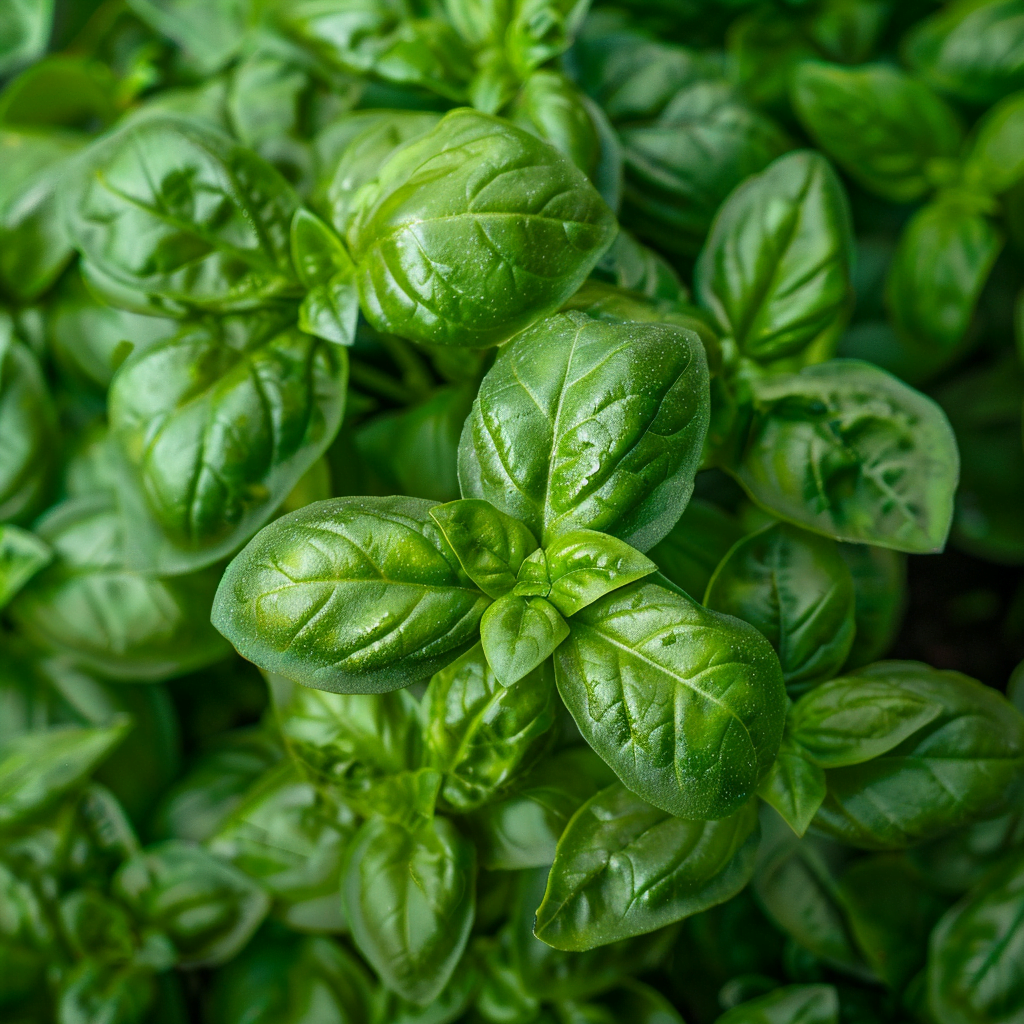
Growth of Commercial Hydroponics
In the decades after Gericke’s work, hydroponics saw gradual adoption by hobbyists and small commercial growers. However, the 1990s and early 2000s saw rapid growth in large-scale hydroponic greenhouses and controlled environment agriculture.
Some key stats on the growth of commercial hydroponics:
- According to a report by Allied Market Research, the global hydroponics market size was $9.5 billion in 2021. This is expected to grow to $32.1 billion by 2031 for a CAGR of 12.9%.
- North America and Europe currently dominate the hydroponics industry and have the most high-tech commercial operations.
- Developing regions like the Middle East, Asia Pacific, and South America are expected to see strong industry growth rates in coming years.
As hydroponic technology improves and the world’s population grows, adoption of soilless agriculture methods will continue increasing to enhance food security.
Modern Hydroponic Systems
While Gericke’s nutrient film technique is still used today, there are now many types of hydroponic systems available. Some of the major modern techniques include:
- Deep Water Culture (DWC) – Plants grown in containers with roots suspended directly in an aerated nutrient solution. Requires oxygenation with air pumps.
- Wick Systems – A growth medium like perlite is contained above a reservoir, with a wick carrying the nutrient solution up into the root zone.
- Ebb and Flow (Flood and Drain) – The nutrient solution is periodically flooded into the grow tray and then drained out on an intermittent cycle.
- Drip (Trickle) Systems – Nutrient solution is dripped or trickled through suspended growth media at regular intervals from the reservoir. Requires a recovery system to reuse drained liquid.
- Aeroponics – Plants are suspended with roots exposed to misters that regularly spray a nutrient solution. Requires no growing media.
- Nutrient Film Technique (NFT) – Gericke’s original method of pumping a thin stream of nutrient solution to plant roots with no other growing medium.
The choice between these systems depends on factors like crop types, scale of operation, environmental controls, and budget.
Conclusion
While various ancient civilizations can be credited for early hydroculture systems, the origins of modern hydroponics trace back to William Frederick Gericke’s work at the University of California in 1929. His nutrient film technique and coining of the term hydroponics laid the groundwork for soilless agriculture as we know it today.
In the decades since Gericke’s innovations, hydroponics has gradually grown into a thriving commercial industry. With increasing global population and food demand, adoption of hydroponic technology is expected to rapidly accelerate – especially in developing regions. The future is bright for this revolutionary method of growing plants without soil.
